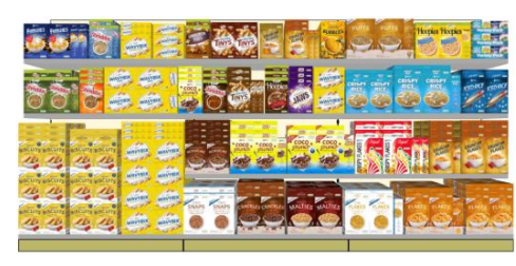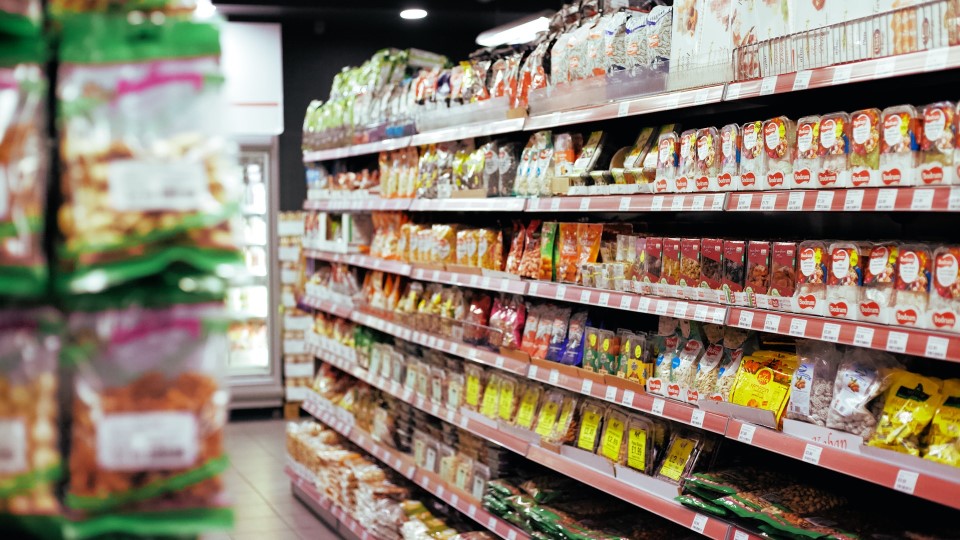Nowadays, it is common for a retailer not only to provide their stores with the items they need, but also to tell you how and where to place these items at the point of sale.
In order to provide this information, almost all resellers use software that efficiently supports visualization, maintaining, and distribution of placement specifications.
If a retailer starts with the task of providing planograms to his stores, the "one size fits all" approach is usually carried out per category. The largest assortment is planned in the largest shelf in product group.

This template then shows binding placement rules that must be adhered to in each store. This includes, above all, a block formation that considers the customer decision tree, the placement order of the individual items within the blocks, and information on how to deal with regional items in the product group.
This first step gives the head office control over optimized product placement and means that the shelves in all stores have a recognizable structure for the customer.
The second step is to create different cluster planograms per category. In most cases, the clusters are created according to size or regional differences. Each cluster initially comprises a large number of branches. Over time, these clusters become more granular and specific.
When creating cluster-specific planograms, regional items can also be considered and planned. Furthermore, at least at the cluster level, the capacities of the articles can be optimised and a more binding indication of the required facings can be made, which greatly increases the feasibility in the store.
However, it should be borne in mind that the planograms created are always formed only on the basis of the average performance of all branches of this cluster. As a result, there are deviations at each individual point of sale.
The granularity of the clusters can be refined according to the resources available, so that more and more clusters are include fewer and fewer branches and therefore the resulting planograms are becoming more and more accurate.
However, the next step in the evolution of planograming is difficult to accomplish manually. In order to generate a planogram per store, a retailer definitely needs the support of an automation software.
Based on preset placement rules and assortments, such software creates store-specific planograms, according to the performance and forecast data of each store.
Only at this point can planograms be implemented 1:1 in the store, because placement and optimal capacities of the items are calculated according to every single store.
Accordingly, significant improvements are achieved with store-specific planograms. Sales are increased by up to 3% compared to cluster planograms, reducing spoilage and markdowns by up to 10%. Due to improved availability of items at each point of sale, there are significantly fewer Out Of Stock situations.

The logical consequence of this is to align deliveries with the optimal stock levels for each individual branch in order to keep the demand for storage capacities and the disposal of delivered items in the store to a minimum.
Initial implementations of this concept show a reduction in delivery operations per item of more than 25%. In addition, the risk of shelf space violations gets also significantly reduced by the optimal delivery of the products.
Michael Krebs
Senior Business Consultant at Wysupp
24 May 2021

